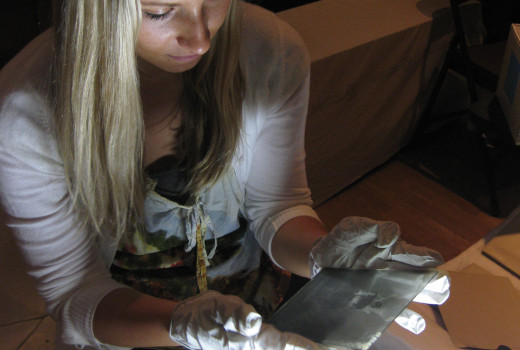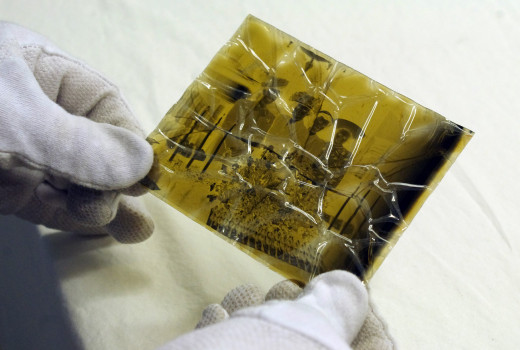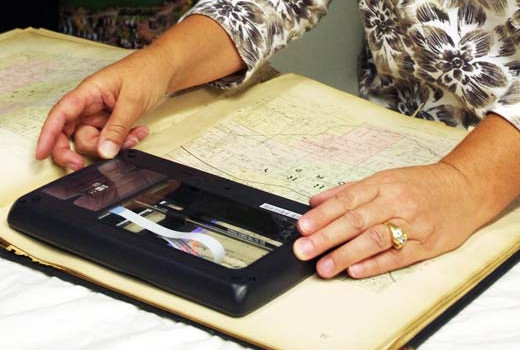Toolkits / How Tos
How To: Collections Toolkits

The Massillon Museum is dedicated to helping individuals and institutions with museum preservation and digitization projects. Please use our resources below!

(how to hold a town hall meeting-style community event to gather oral histories, scan photographs and share artifacts with the community)
PDF
This project toolkit is intended to provide you with an overview of the Massillon Museum’s project, Faces of Rural America. Our project focused on gathering oral histories, photographs, and information related to two photographers and the communities in which they lived and worked.
It is our intention to make resources available for you to launch a similar program for your city, family, church, or other group. Anyone can use some or all of this toolkit to initiate a program that will help to identify and preserve photographs and document the history of a community.
To learn more about the Faces of Rural America traveling exhibit and how you can bring these images to your town, click here.

(for museums and historical societies)
PDF
Accompanying Resources Guide
PDF
This powerpoint presentation presents a case study of the 40,000 negatives donated to the Massillon Museum from the newspaper Massillon Independent. The negatives span 1946-1989. Includes tips on how to create your own negatives digitizing project, where to share your images, and how to ask for input from the community.
This lecture is part of the MassMu Speaker's Bureau. Learn more about scheduling this lecture by Archivist Mandy Altimus Pond.
(first presented at the Ohio Local History Alliance Annual Meeting in October 2015 by Archivist Mandy Altimus Pond)

(Photographs, Documents, Textiles, and Films)
(for individuals or museums and historical societies)
PDF
Accompanying Resources Guide:
Where to buy equipment and supplies, and contact information for conservators and appraisers
PDF
Learn about proper conditions for photographs, documents, textiles, and films; where and how to store them; what supplies to use and to avoid; how to digitize your photographs and negatives.
This lecture is part of the MassMu Speaker's Bureau. Learn more about booking this lecture by Archivist Mandy Altimus Pond

Learn about proper conditions for textiles, where and how to store them, what supplies to use and to avoid.
To purchase archival supplies, we suggest Gaylord Archival.

Learn about proper conditions for photographs, how to document information about the image, what supplies to use and to avoid. To purchase archival supplies, we suggest Gaylord Archival.

(for individuals or museums and historical societies)
Accompanying Resources:
Slides with notes field PDF
MassMu Intern Volunteer Application PDF
Walsh University Intern Evaluation Form PDF
Walsh University Internship Professionalism PDF
Museums utilize interns frequently but do they do so effectively? We will provide a map to designing a successful internship program: how to find interns, how to build relationships with universities, how to properly train interns, and examples of projects that benefit your institution and the intern.
(Presented as an Ohio Local History Alliance Webinar in November 2014, and at the Ohio Museums Association Conference in April 2016 by Mandy Altimus Pond, Archivist Massillon Museum and Megan Pellegrino, Curator and Academic Coordinator, Hoover Historical Center/Walsh University)

Learn how to purchase equipment to make your own videos. Walk through the steps to upload successful Youtube videos and create playlists.
(first presented at the Ohio Local History Alliance Region 5 Meeting in October 2013 by Archivist Mandy Altimus Pond)

Visit the Northeast Ohio Document Center for Conservation website for preservation leaflets to help guide you through planning and executing preservation projects.
Salvaging Photographs After a Flood/Water Damage
Do you still have questions or need help?
If after reviewing these resources you still need help or would like a consultation, please feel free to ask Archivist Mandy Altimus Stahl by email or by phone: 330-833-4061 x113.
